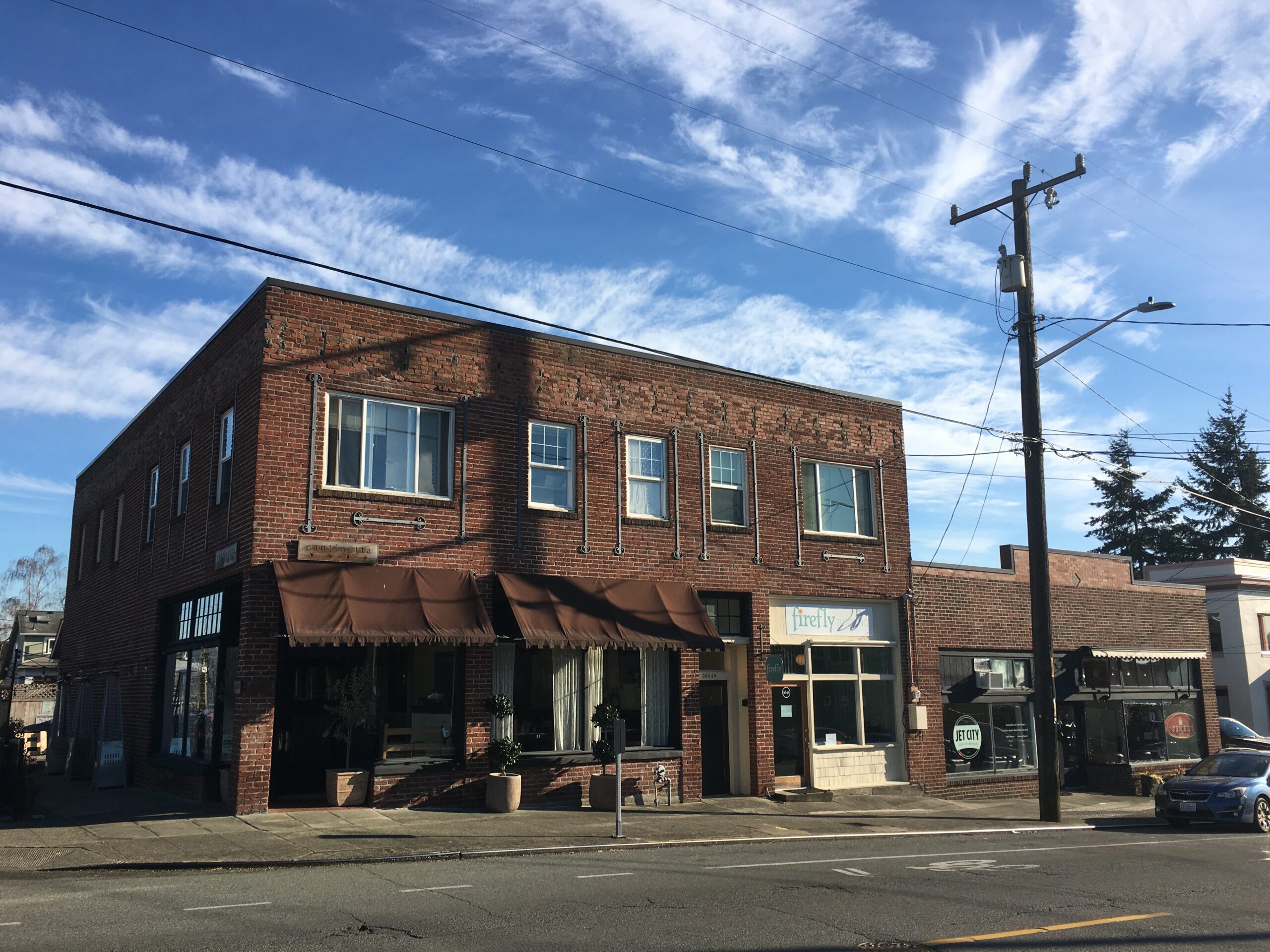Meet Me in the Missing Middle: Sound Housing Advice from AARP

In a new report, researchers at AARP explain why state-level action is needed to legalize “missing middle” housing – housing affordable to the vast majority of middle-income households – drawing lessons from past attempts. The bulk of the report is spent outlining model, state-level legislation for legalizing missing middle housing.
Key takeaways:
- Missing middle housing is key to building affordable, equitable, and sustainable communities, but it’s illegal to build in most neighborhoods today.
- A small but growing number of cities and states—including California—have made efforts to legalize missing middle housing, to varying degrees of success.
- The report outlines model legislation for legalizing missing middle housing that can be modified based on local political considerations and norms.
“Missing middle” refers to a variety of low-rise housing typologies, ranging from townhouses to duplexes to cottage courts to six-unit multiplexes. Historically, these typologies provided residents with a range of housing options and allowed neighborhoods to incrementally grow, and thereby remain affordable. Yet today, local zoning continues to make missing middle typologies prohibitively difficult to build in most residential areas of California.
A few states have made efforts to legalize missing middle housing. In 2019, Oregon’s HB 2001 legalized a range of missing middle typologies in all cities above 25,000 residents. Over the past few years, Maryland, New Hampshire, New York, Rhode Island, and Virginia have tried and failed to adopt similar legislation. In 2021, California passed SB 9, legalizing duplexes statewide, though it has largely been undermined by local non-compliance. (Happily, clean-up legislation has been introduced.)
The authors draw a few lessons from these experiences. A few are worth highlighting: First, successful bills built on past experiences of statewide land-use reform, including ADU legalization. Second, successful bills were tailored to local contexts and concerns. Finally, statewide missing middle legalization can only succeed if paired with education about the benefits of allowing a variety of housing typologies in every neighborhood.
So what does the report propose? AARP’s model legislation doesn’t so much set out one right way to legalize missing middle, as it does provide a range of options to suit different contexts. For example, the report provides options on:
- How to define missing middle, whether by typology, the scale of the development, or the number of units allowed per parcel. (Typically, missing middle entails three-story heights and up to six units per parcel.)
- Where legalization will apply, distinguishing among types or sizes of jurisdictions and local constraints such as infrastructure capacity or communities at risk of displacement.
- The specific details of what is being legalized, not only in terms of typologies, but also in terms of details such as heights, setbacks, parking, deed-restricted affordable housing mandates, and lot dimensions.
- State and local implementation obligations, including timelines, incentives and funding, and statewide model ordinances.
While California has already taken laudable steps to legalize some missing middle typologies—such as ADUs and duplexes—policymakers could do more to legalize once-popular Golden State typologies like bungalow courts and low-rise apartments. As policymakers in California undertake this effort, they would do well to learn from AARP’s model legislation.
Photo of missing middle housing by Dan Bertolet of the Sightline Institute via Flickr